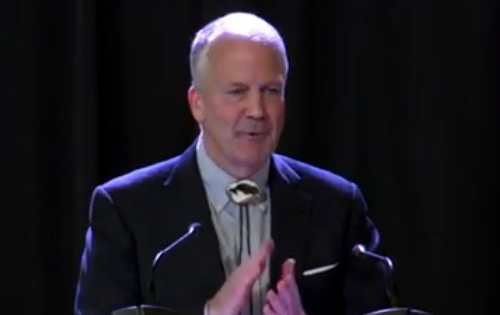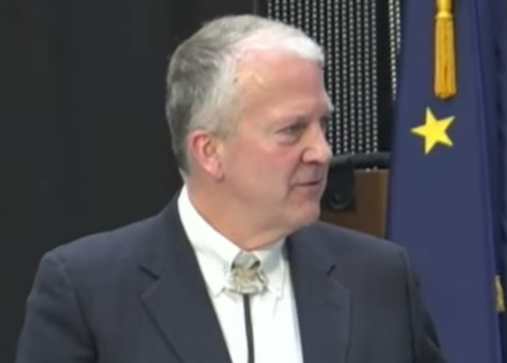Last month, Maryland Army veteran Joshua M. Keiner, was one of many across the U.S. filing lawsuits against the military equipment contractor 3M. Keiners lawsuit claims 3M manufactured, marketed, and sold defective protective equipment – the Duel Ended Combat Arms Earplugs Version 2 (CAEV2). While serving both of his two tours in Iraq, Keiner and his fellow service members were issued 3M’s CAEV2 earplugs to protect their hearing. Soldiers relied on the equipment to defend themselves against the constant and impulsive noises they were exposed to on a regular basis.
For more than ten years, the earplugs were distributed to U.S. soldiers across the globe. However, many users found the earplugs difficult to insert in the ear canal correctly, could became loose, or even fall out entirely; many of which have concluded is the reason for the hearing damage they sustained while serving. As a result, many service members and veterans are filing lawsuits after suffering long-term symptoms of hearing damage. Most cases suggest both the original equipment manufacturer, Aearo, and 3M, who purchased Aearo in 2008, proceeded to manufacture, market, and sell defective earplugs while concealing the truth from the U.S. government.
[content id=”79272″]
Currently, Keiner’ case resides in the United States District Court in Maryland. However, multidistrict litigation has consolidated lawsuits from a number of other states including Texas, Missouri, and Kansas. Defendants such as Keiner are seeking damages for product liability, pain, suffering, and lost wages as a result of using the defective devices.
Furthermore, this isn’t the first time the 3M company has been called to court over the CAEV2 earplugs. In May of 2016, the company Moldex-Metric, 3Ms competitor in the military-equipment industry, filed a whistleblower lawsuit on behalf of the U.S. Government. They claimed 3M had knowledge that their product was ineffective, yet continued to market them as combat-rated earplugs, and distribute them to the U.S. Military. Constituting as a violation of the False Claims Act, Moldex-Metric sued 3M.
As reported by the Department of Justice in July of 2018, 3M agreed to pay out a $9.1 million settlement in order to resolve the allegations. Although it’s important to note, 3M did not consider this settlement to be an admission of guilt. Instead, they claimed the lawsuit was a “distraction to the business.”
As for Moldex-Metric, the False Claims Act allowed the plaintiff, the U.S. Government, to share a portion of the awarded $9.1 million. For their action, Moldex-Metric received $1.9 million in rewards. Evidence presented by Moldex-Metric in this case clearly demonstrated that the CAEV2 earplugs were too short to provide the noise protection 3M claimed. In addition, they discovered the devices’ short length made them difficult to correctly insert within the ear canal, and over time they could loosen or fall out. This evidence has been further supported by the plaintiffs currently taking legal action against 3M.
Hearing loss as the result of an ineffective piece of safety equipment is entirely preventable, and considering how frequently hearing-related injuries are being reported, it’s an gained the attention of the VA. As cited by the Military Officers Association of America, the rate of new beneficiaries seeking assistance for either hearing loss or tinnitus has continued to increase. According to the report, the number of veterans affected by tinnitus totaled 1,786,980, whereas 1,157,585 veterans were affected by hearing loss. However, the truly staggering statistic comes when looking at the number of new beneficiaries reporting hearing loss and tinnitus, which totaled 81,529 and 159,800, respectively.
In conclusion, it’s important that active and retired service members alike get their hearing tested on a regular basis. Hearing protection is an essential safety component that should be taken seriously. These lawsuits highlight the need for significant product testing when it comes to the protective equipment our service members rely on.







